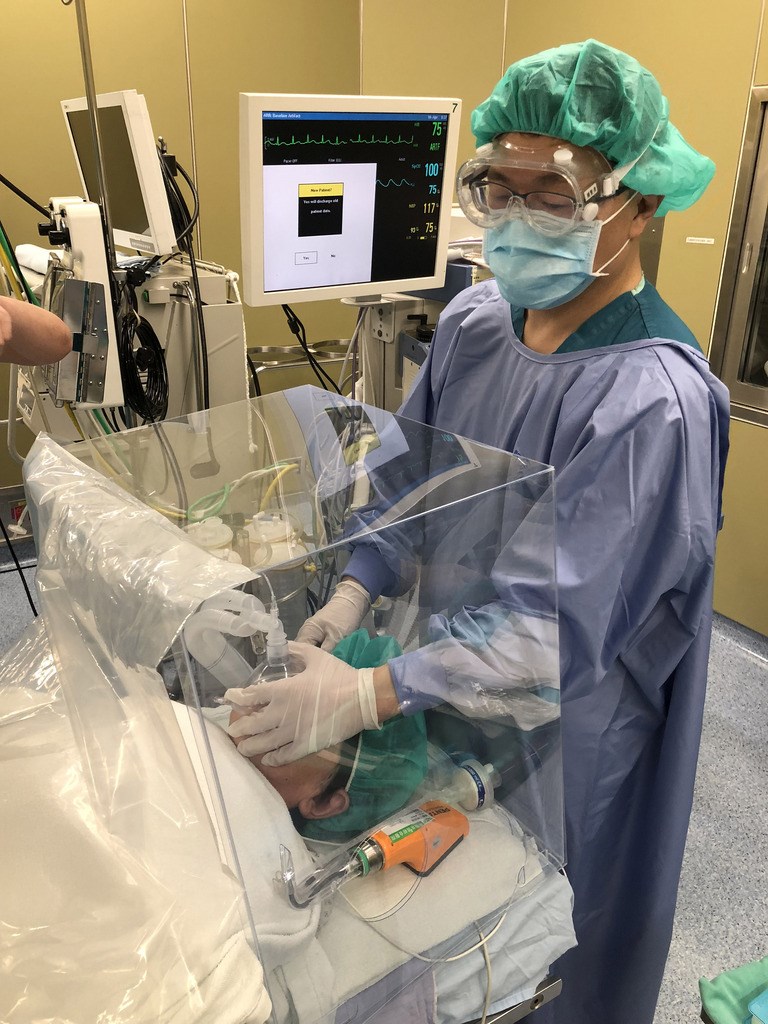紐約時報
TRILOBITES
Fossil Shows Cold-Blooded Frogs Lived on Warm Antarctica
The specimen is some 40 million years old, and is probably related to species currently living in South America.


A reconstruction of the Eocene helmeted frog on the Antarctic Peninsula 40 million years ago.Credit...Simon Pierre Barrette, José Grau de Puerto Montt, and Mats Wedin/Swedish Museum of Natural History
By Lucas Joel
April 23, 2020
In 2015, Thomas Mörs reached for a frog in the sand — but the frog didn’t hop away. That’s because the frog had been fossilized 40 million years ago. Nevertheless, Dr. Mörs knew that the frog would soon be hopping into history books, because it was the first fossil frog from Antarctica ever found.
“When I was going through samples and I saw this, I said: ‘Wow! That’s a frog!’” said Dr. Mörs, a vertebrate paleontologist at the Swedish Museum of Natural History who led the team of researchers that announced the find Thursday in Scientific Reports. “I knew nothing like this was known from Antarctica. It’s exciting.”
Dr. Mörs and his team retrieved the frog from Seymour Island, which sits on the Antarctic Peninsula roughly 700 miles south of Tierra Del Fuego on South America. The frog came to light in 2015 back in Sweden after Dr. Mörs had time to sift through the thousands of samples he and his team collected during expeditions to the island in 2011, 2012 and 2013. The haul also included fossilized water lily seeds and shark and ray teeth.
Dr. Mörs found two frog bones: a skull and a hip bone called an ilium. “The ilium is probably the most diagnostic part of a frog skeleton,” said David Wake, a herpetologist at the University of California, Berkeley, who was not involved in the research. “A frog paleontologist wants an ilium.”
The ilium looks like those of a living group of frogs called the helmeted frogs. Helmeted frogs live in Chile in wet woodlands called Nothofagus forests, and their ilia are similar to the Antarctic frog’s ilium. “They’re robust frogs, and this is a robust ilium,” Dr. Wake said.

Image

Hunting for frog fossils on Seymour Island on the Antarctic Peninsula.Credit...Federico Degrange/Centro de Investigaciones en Ciencias de la Tierra and Jonas Hagström/Swedish Museum of Natural History
Seymour Island today is barren and rocky. Dr. Mörs and his team found the frog at a site called “Marsupial Site,” so named because, in 2007, a different team discovered a fossil marsupial there with modern relatives that live in Nothofagus forests in Chile and Argentina.
The new frog is about as old as that marsupial was, and the two animals both have modern relatives in South American forests. That suggests Seymour Island once looked a lot like the forests of Chile and Argentina. “We have here two indicators of a very specific climate,” Dr. Mörs said.
Going even further back in time, a helmeted frog from Antarctica helps reveal how frogs living in South America and Australia once formed a single population spanning parts of the supercontinent of Pangea, which began to split apart about 175 million years ago.
Helmeted frogs, said David Blackburn, an amphibian biologist at the Florida Museum of Natural History, are more closely related to frogs in Australia than they are to all the other frogs that live in South America.
“We’ve long known there’s this affinity between this radiation of frogs in Australia and this radiation of frogs in South America,” said Dr. Blackburn, who was not involved in the research. In the light of the new Antarctic discovery, “it seems plausible that these frogs would’ve gone through Antarctica.”
But until researchers find more frog remains from Antarctica, exactly what role the continent played in the evolutionary trajectory of the now-far-flung frogs will remain unclear. “At this point, we don’t have any evidence of what happened in Antarctica,” Dr. Blackburn said.

 CLICK TO ENLARGE
CLICK TO ENLARGE



